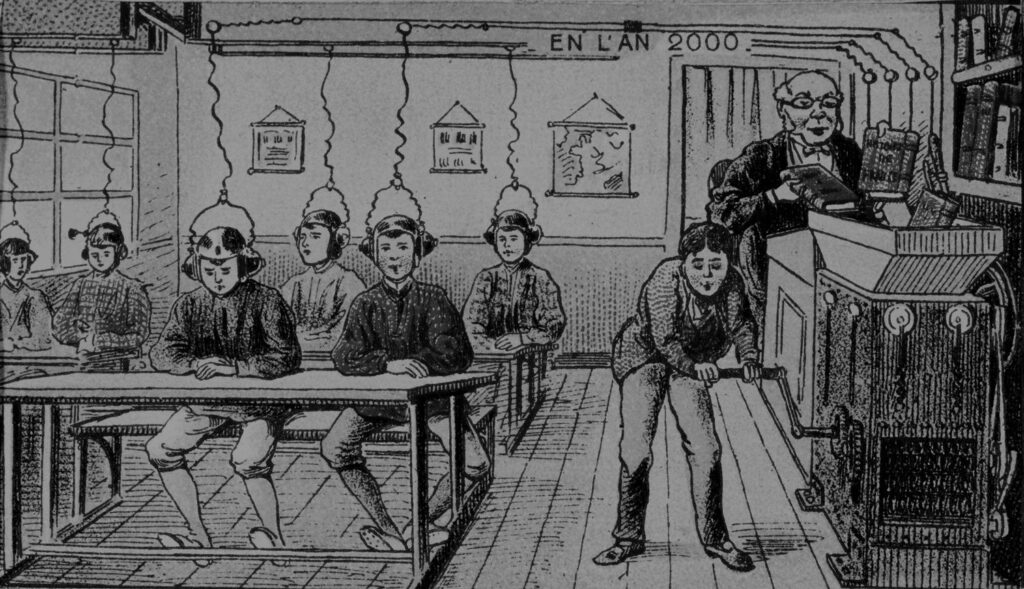Introduction
We all experience anxiety at some point in our lives. With the constant hustle and bustle of modern life, it’s no wonder that our minds are often filled with stress and worry. But what if we told you there are tools available to help you calm your mind and let go of anxiety? In this article, we’ll explore three tools that can help you achieve inner peace and tranquility, allowing you to live a more balanced and joyful life.
Tool 1: Mindfulness Meditation
What is Mindfulness Meditation?
Mindfulness meditation is a mental training practice that involves focusing your attention on the present moment, without judgment. By learning to be present, you can gain greater self-awareness and reduce the impact of stress and anxiety on your life.
How to Practice Mindfulness Meditation
- Find a quiet, comfortable space to sit or lie down.
- Close your eyes and take a few deep, slow breaths.
- Observe your breath as it flows in and out, without trying to change it.
- If your mind begins to wander, gently bring your focus back to your breath.
- Practice for at least 10 minutes daily for the best results.
Tool 2: Progressive Muscle Relaxation
What is Progressive Muscle Relaxation?
Progressive muscle relaxation (PMR) is a technique that helps you release tension from your body by systematically tensing and relaxing different muscle groups. By practicing PMR, you can achieve a greater sense of relaxation and calm.
How to Practice Progressive Muscle Relaxation
- Sit or lie down in a comfortable position.
- Starting at your feet, tense the muscles as tightly as possible for 5-10 seconds.
- Slowly release the tension and relax the muscles for 20-30 seconds.
- Move to the next muscle group, working your way up your body.
- Repeat the process until you have relaxed all major muscle groups.
Tool 3: Deep Breathing Exercises
What is Deep Breathing?
Deep breathing exercises involve slow, controlled breaths that help activate the body’s relaxation response, reducing anxiety and promoting a sense of well-being.
How to Practice Deep Breathing
- Sit or lie down comfortably with your back straight.
- Place one hand on your chest and the other on your abdomen.
- Inhale deeply through your nose, allowing your abdomen to expand.
- Exhale slowly through your mouth, allowing your abdomen to contract.
- Repeat for at least 5-10 minutes daily to experience the benefits.
Conclusion
Anxiety and stress are inevitable parts of life, but with the help of mindfulness meditation, progressive muscle relaxation, and deep breathing exercises, you can learn to calm your mind and let go of anxiety. Implementing these tools into your daily routine can lead to a more balanced and fulfilling life. Remember, practice makes perfect, and consistency is key to reaping the benefits of these techniques.
FAQs
Q1: Can I practice these techniques even if I don’t have anxiety?
A: Absolutely! These tools are beneficial for anyone looking to improve their mental well-being and promote relaxation.
Q2: How long does it take to see the benefits of these techniques?
A: While some people may experience immediate relief, it’s essential to practice consistently to see long-term benefits.
Q3: Can I combine these techniques during a single session?
A: Yes, you can combine these techniques to create a personalized relaxation routine that works best for you.
Q4: Are there any side effects to practicing these techniques?
A: Generally, these techniques are safe and have no known negative side effects. However, if you have any concerns or pre-existing medical conditions, it’s always best to consult with a healthcare professional before starting a new practice.
Q5: Can I practice these techniques anywhere?
A: Yes, these techniques can be practiced in most environments, as long as you can find a quiet, comfortable space to focus on your relaxation.



